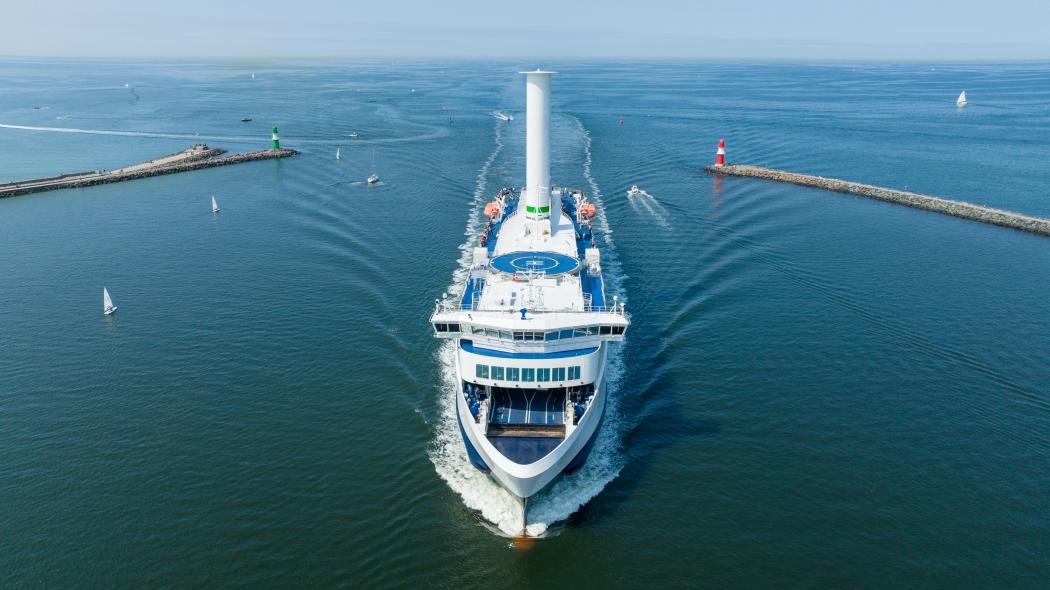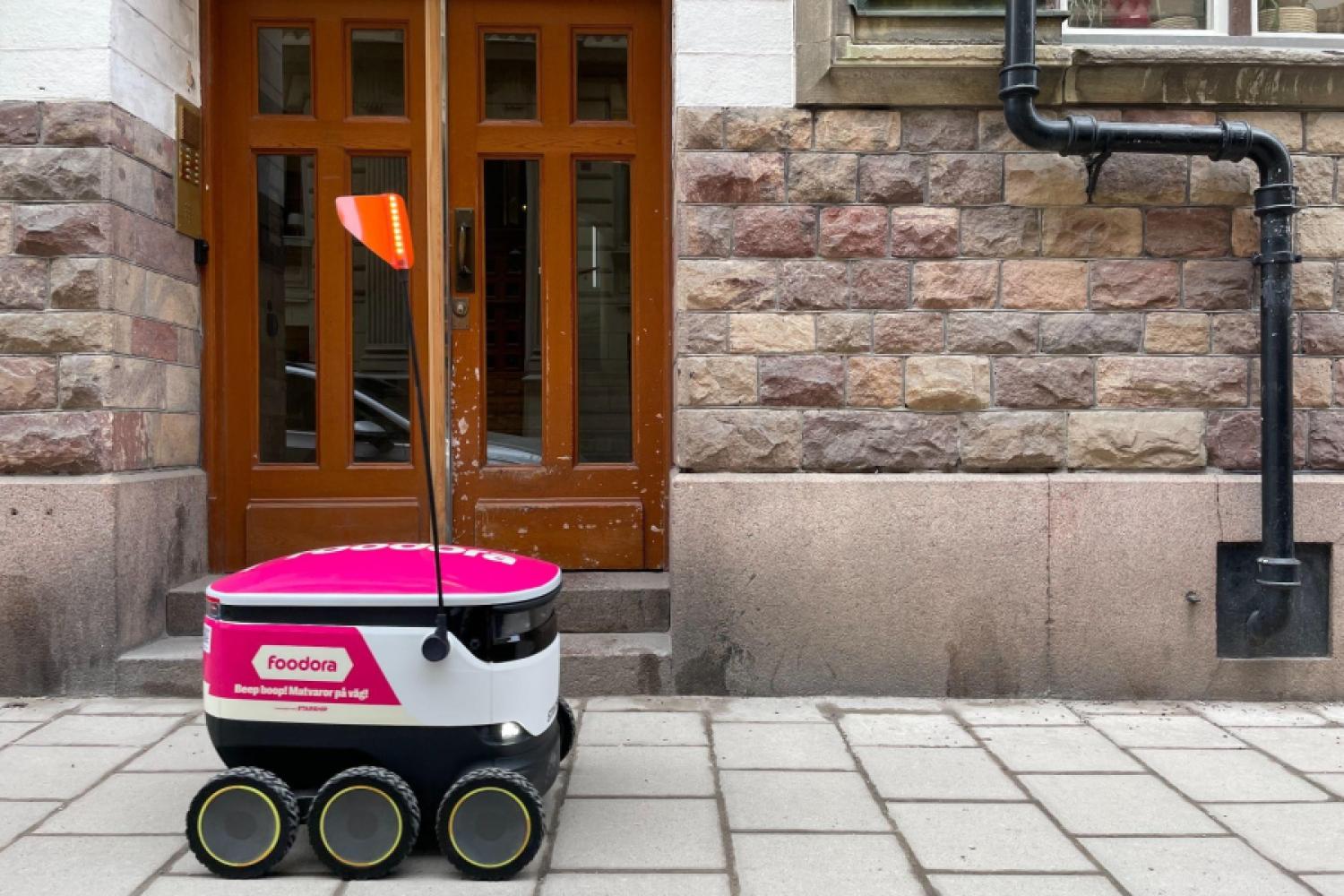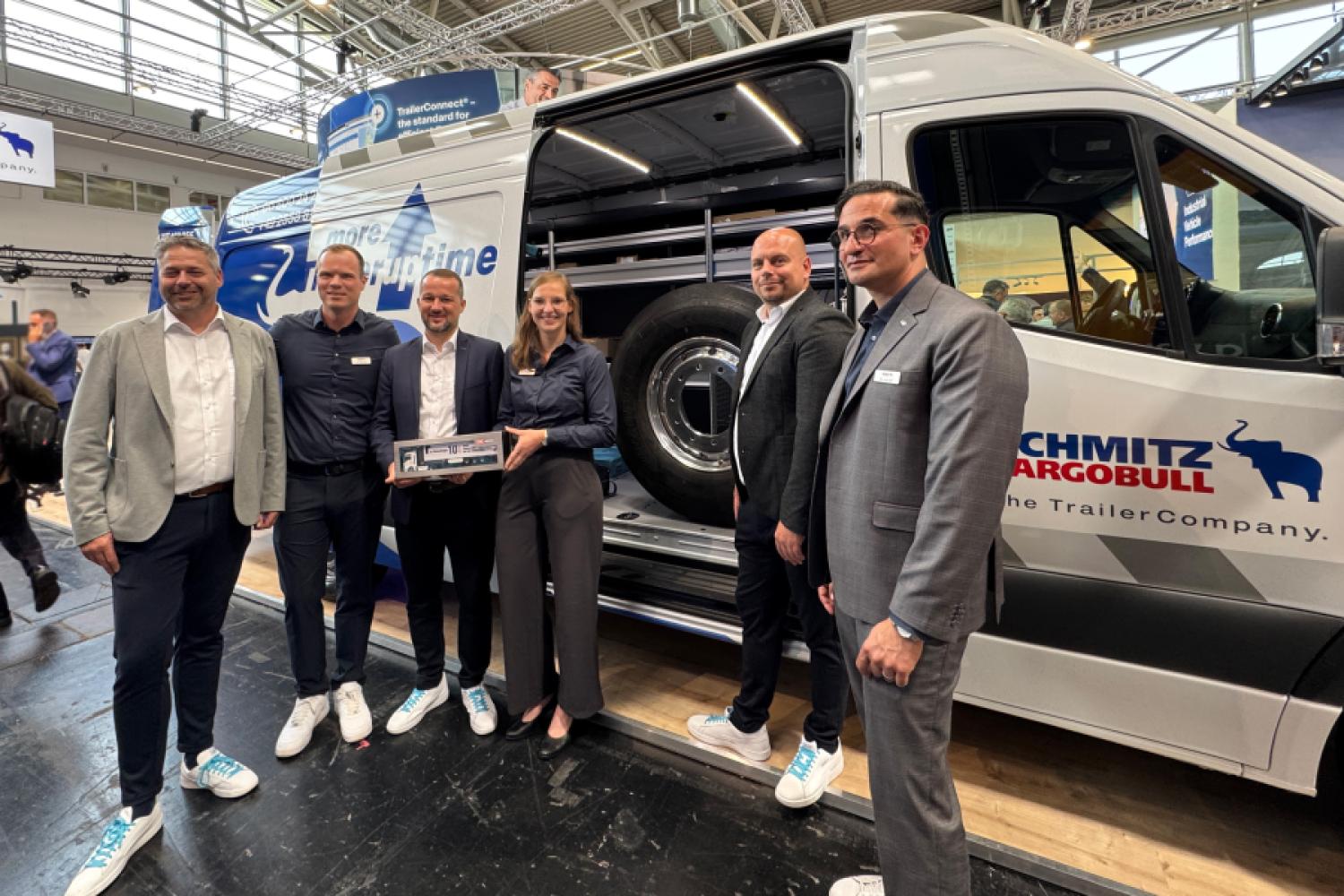Scandlines records moderate growth in passenger and freight traffic for the Rostock-Gedser route in the first half of 2025. According to the company, the number of transported cars increased by 4.4 percent compared to the previous year, and freight volumes grew by one percent.
Emissions-free routes planned by 2040
As part of its long-term environmental strategy, Scandlines aims to operate both ferry routes completely emissions-free by the year 2040. Modern hybrid ferries, already in use, are additionally equipped with rotor sails. For the Vogelfluglinie, the
company announced the commissioning of the first 100 percent battery-electric freight ferry in regular service for the year 2025.
“Our green agenda and stable economic results go hand in hand. This way, we create a travel experience that is not only more environmentally friendly but also enjoyable,” emphasizes Heiko Kähler.
Certification as a sustainable partner in Rostock
In May 2025, Scandlines was awarded the Tourcert Qualified Partner certification as part of a sustainability initiative by the Tourist Office Rostock & Warnemünde and Rostock Marketing. With
the certification, the company commits to continuous exchange with regional stakeholders and active promotion of sustainable tourism in the Rostock region. The goal is, among other things, to further increase the visibility of Scandlines as a provider of environmentally friendly mobility solutions to the public.
“We are very pleased with the continued good cooperation with Rostock Port and now also with the Maritime Museum. We can only recommend everyone to take a ride with the “Berlin” ship model in the mini-port of Rostock Harbor,” explains
Heiko Kähler, Managing Director of Scandlines Deutschland GmbH.
Ferry model in the Maritime Museum Rostock
In the Maritime Museum Rostock-Schmarl, a new ship model of the Scandlines hybrid ferry “Berlin” with rotor sail was put into operation in the mini-port of the traditional ship “Dresden.” As part of the recent modernization of the mini-port area, replicas of the ferry terminals, quays, and the administrative building of Rostock Port were also integrated. The implementation was carried out in cooperation with the museum and Rostock Port. (av)






